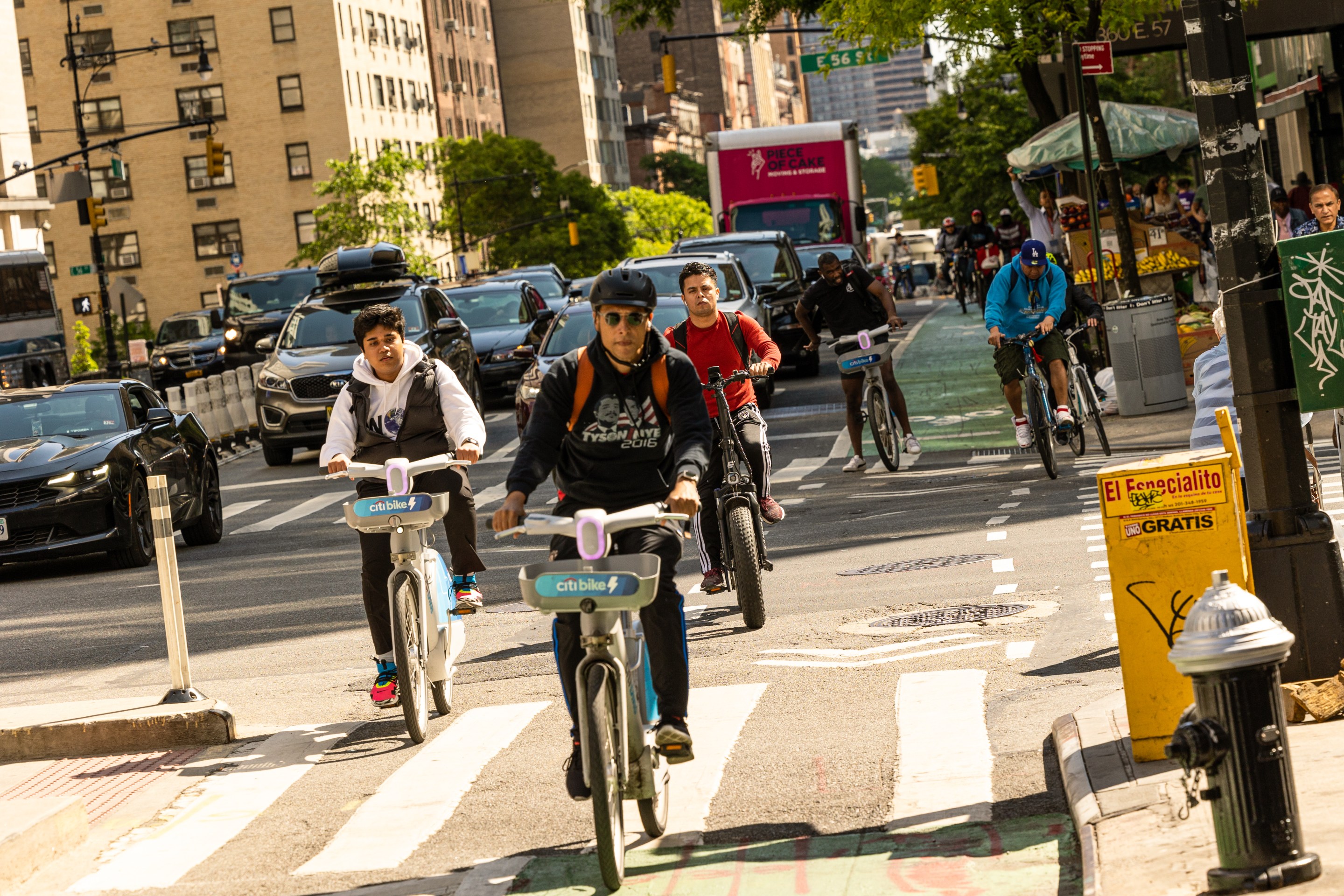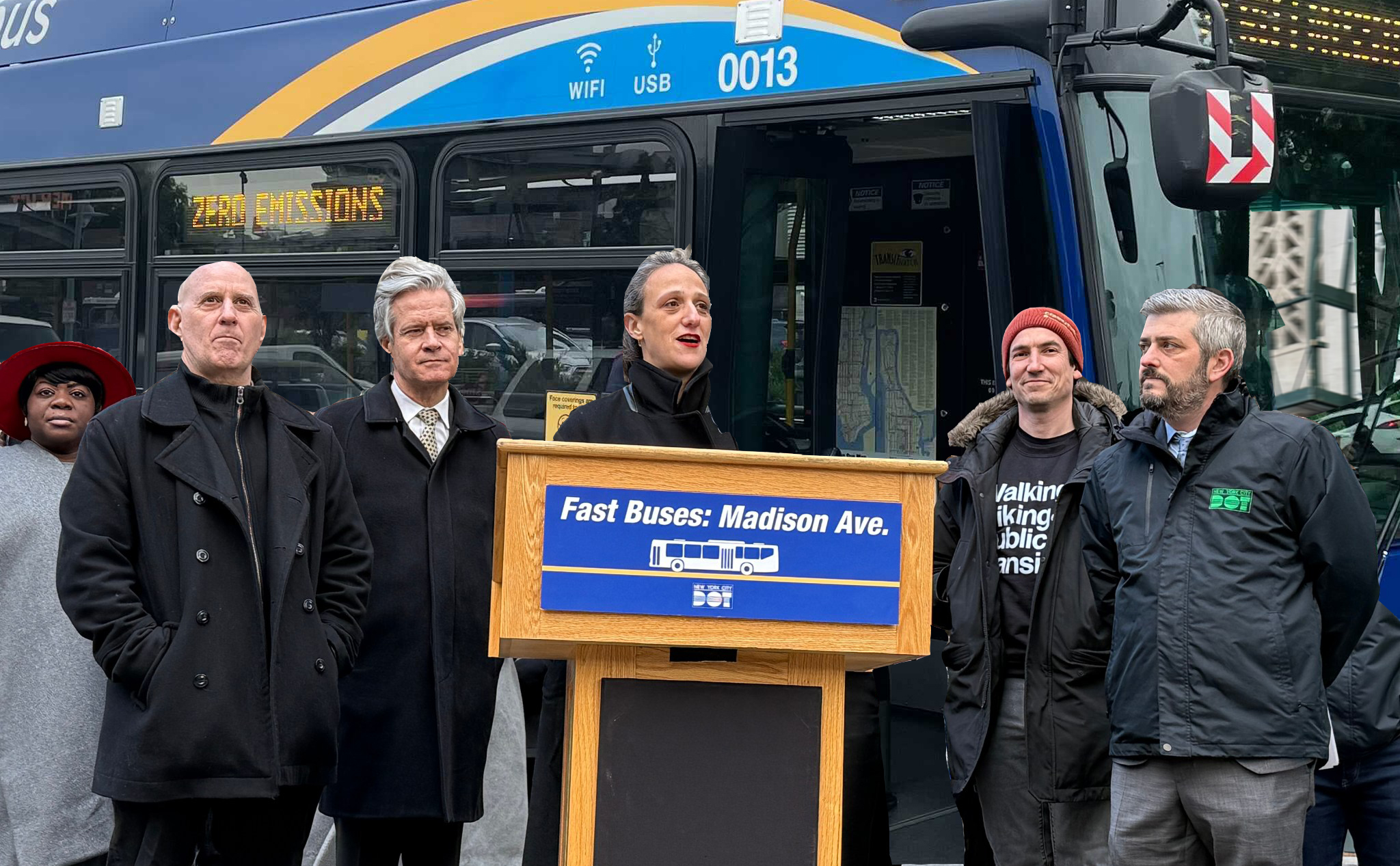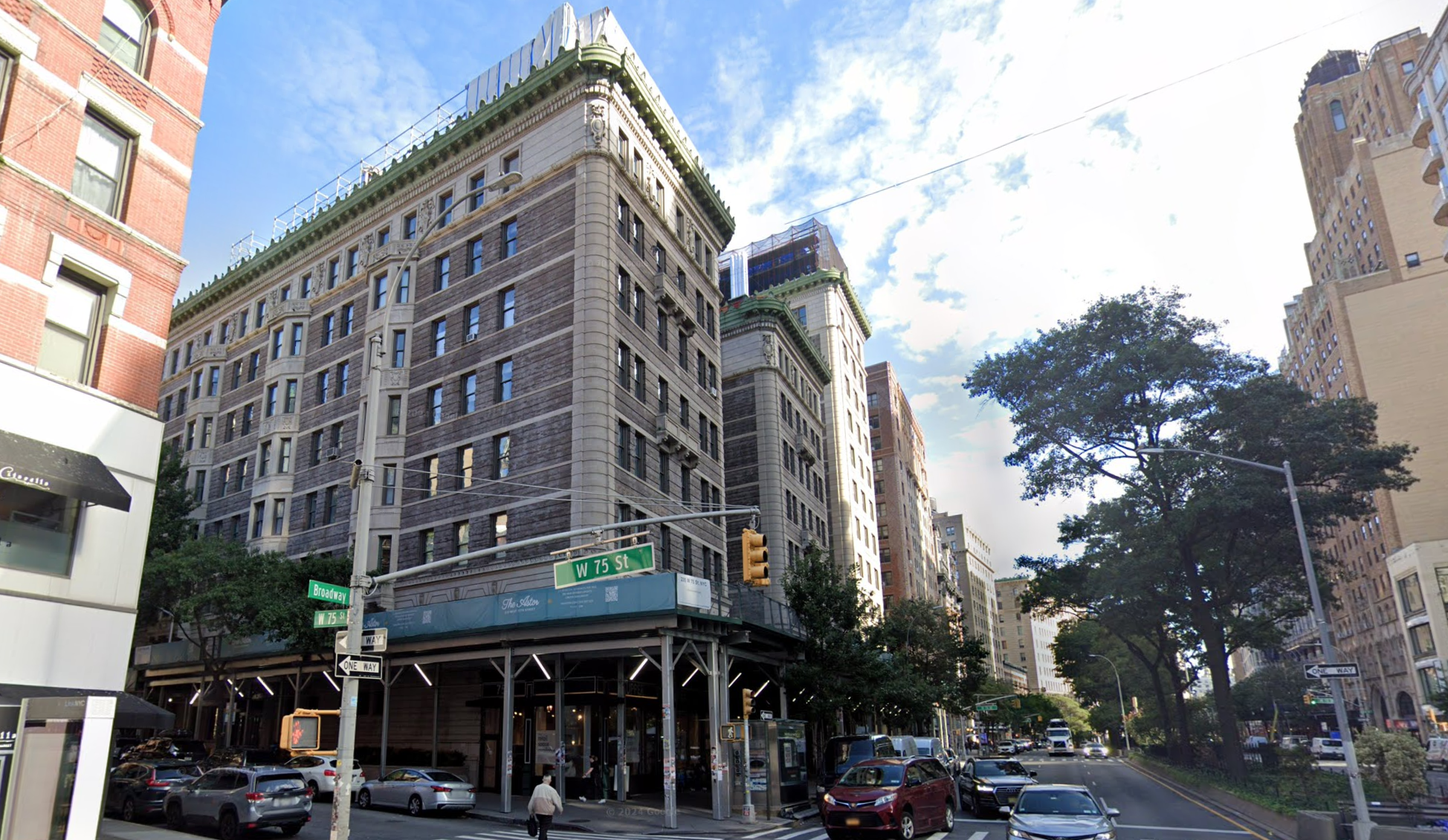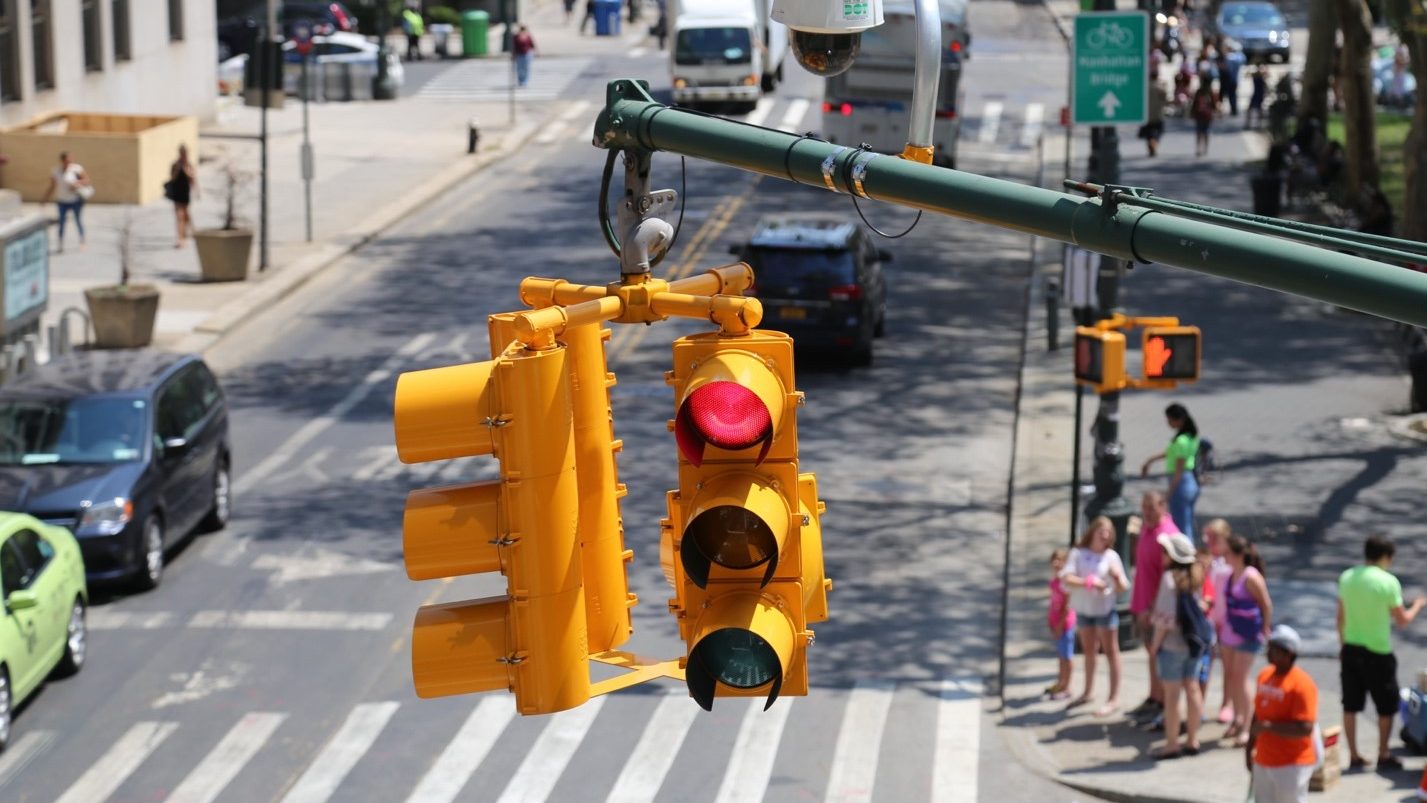At least 20 people have died biking in New York City so far this year — the deadliest first seven months of the year for cyclists in more than a decade, the city Department of Transportation said.
As of Aug. 1, 20 cyclists have been killed, DOT said — compared to 18 in 2019, when then-Mayor Bill de Blasio declared the carnage an “emergency” And the last time the death toll hit 20 was in 2012, the first full year the city started keeping detailed records after a 2011 law mandating officials count fatalities.
After the 15th cyclist was killed in the five boroughs amid that previous bloody year, de Blasio vowed not only to step up enforcement against reckless drivers but also to transform city streets to protect the most vulnerable.
But Mayor Adams, who pledged to bike regularly to work as mayor, has not followed through on his campaign promises to dramatically build out the city's protected bike lane infrastructure. His administration missed its own goals for new bike lanes during its first year in office.
"Any death is a tragedy and 20 cyclist deaths so far this year is a really significant number. We need to do better," said Eric McClure, executive director of the pro-bike, pro-transit political action committee StreetsPAC.
“I think the mayor is going to have to step up the execution to match the rhetoric from his campaign."
The stark numbers come as Adams has shown a willingness to sacrifice safety in the face of loud opposition, delaying a protected bike lane on McGuinness Boulevard that was meant to be installed this summer, and refusing to commit to the safest possible design.
On Friday, a top official in the city's war on traffic violence, NYPD Transportation Chief Kim Royster, was forced out of her role and into retirement — creating a key opening amid several road safety crises.
Brooklyn Council Member Shahana Hanif (D-Park Slope) accused Adams of taking the city “backwards” on traffic safety.
"We have been proactive and pushing against what this mayor is doing to undo street safety. We need to have the political courage across all levels of government to create a city that is walkable, prioritizes pedestrians, and ends these senseless murders," Hanif said at an unrelated press conference last Tuesday, specifically in reference to watered down projects like McGuinness.
"In order to have a city that is visionary in safety we need that to come from our top leaders and that means the mayor. We've seen what's happening with McGuinness Boulevard, where there’s prioritizing of donors over people’s lives and that's really taking us backwards."
And of the 20 cyclist fatalities so far this year, 14 were on e-bikes, five of which were so-called “single” e-bike collisions, DOT said, though the terminology is misleading: In at least one instance, illegally parked vehicles, albeit stationary, were still involved.
On March 11, for example, 51-year-old Ricardo Antonio Sicajau crashed into a “parked and unoccupied flatbed trailer” in the Kent Avenue bike lane near South First Street. The operator was issued a summons for parking in a designated bicycle lane.
Ninety-three percent of bike fatalities in the city in 2022 and 2023 occurred on streets with either no bike infrastructure or porous, unprotected bike lanes, according to the advocacy group Transportation Alternatives. And so far this year, the vast majority of fatalities, at least eight, have occurred in Brooklyn, while there were at least two in the remaining boroughs, except for Staten Island, where there was at least one, according to city data.
"This is a clear sign that Mayor Adams and Commissioner Rodriguez must build protected places for people to bike. We can't afford watered down, delayed, or canceled projects," said Elizabeth Adams, deputy executive director for public affairs at Transportation Alternatives. "Action is legally-required by the NYC Streets Plan, and we must see it now."
The year's carnage began just after the new year when a cement truck driver hit and killed 62-year-old Tamara Chuchi Kao, who was riding a Citi Bike not far from her home in Astoria.
Days later, 37-year-old Sarah Schick was killed by a truck driver on an unprotected portion of Ninth Street near Second Avenue in Gowanus — a dangerous stretch that officials have long known about but willfully ignored. In April, the city finally announced a redesign of the corridor, but advocates, and even Schick’s widow, believe it should be bolder.
"What we want is to guarantee everyone's safety, and it seems like it's going to fall short," Maxime Le Munier, Schick's windower, who is bringing a $100 million lawsuit against the city for the fatal crash, said back in May. “They have a responsibility in Sarah’s death and the previous deaths as well, and it needs to change.”
The year's bloody start has not relented, with 16 more bike deaths since — more than two per month.
“That you see this many people killed halfway through the year, this is not a bike-friendly city. You can’t even begin to claim that. In some ways, we’re regressing because more people are getting killed,” said Bike New York’s Jon Orcutt.
“It’s just grossly unfair that the city is promoting it but not doing anything about the fact that it’s so dangerous.”
In May, 39-year-old Adam Uster was heading home from Wegmans with his bike trailer filled with groceries — set for hosting a dinner with his wife Frederique for friends and neighbors later that week — when he was struck by the driver of a flatbed truck at the corner of Franklin and Lexington avenues.
His mother — who was visiting her son from Oregon when he died and had warned him to "be safe" before he headed out the door the day he was killed — told Streetsblog last week that the city is decades behind cities like Amsterdam, whose leaders have figured out how to keep vulnerable road users safe from cars and trucks.
“It’s very surreal being with your son in the morning and an hour later he's dead under a truck. The impact it has on families, it changes everybody,” said Anne Goldner.
“In the Netherlands, they were us 50 years ago, they tried bike lanes and people still got killed. They’re big believers in bike paths. The bikes and pedestrians are totally separated from the traffic. (In New York), it’s just plain dangerous. I know they have a right to, it’s good, it’s wonderful. But there has to be a way to address this possibility of fatalities.”
Despite the sharp increase in cyclist deaths, overall traffic fatalities are down more than 12 percent in the city compared to 2022 — there’s been 132 so far this year compared to 151 at the same time last year, according to DOT data.
The number of “other motorized” fatalities — a category the city started counting in 2021, and which includes illegal mopeds, e-scooters, and other e-devices like hoverboards, skateboards, segways, all without plates — is also down this year, 7, compared to last, 10.
Charles Lutvak, a rep for Mayor Adams, declined to comment, referring Streetsblog to DOT, which said in a statement that it is ramping up its education efforts and exploring safer infrastructure options, like wider bike lanes on Ninth Avenue in Manhattan.
“Cycling is an efficient and environmentally friendly form of transportation and that is why we are seeing record growth ridership, said DOT spokesperson Mona Bruno.
"As more New Yorkers opt for cycling, NYC DOT is launching an education and awareness campaign on how to safely ride e-bikes, is working with community partners to help new riders build cycling skills, and is on pace to install a record number of miles of bike lanes and protected bike lanes this year."






